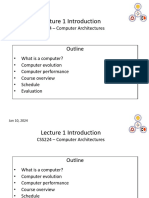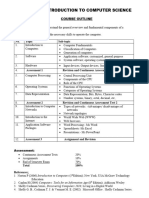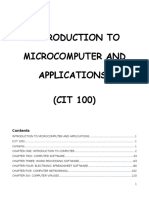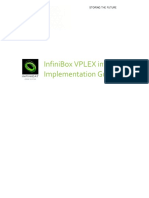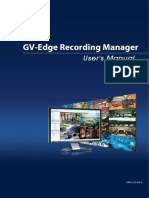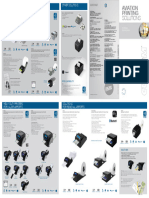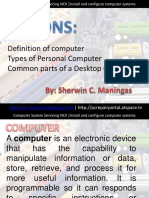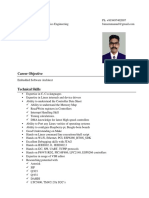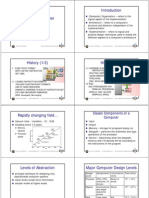0% found this document useful (0 votes)
36 views78 pagesCSC 201 Lecture Slides
The document outlines the course CSC 201: Introduction to Computer Science, covering definitions, historical background, classifications, and characteristics of computers. It details the evolution of computers through various generations, from vacuum tubes to artificial intelligence, and discusses computer hardware and software components. Additionally, it highlights the importance of computing in various fields and introduces programming concepts using C/C++.
Uploaded by
terryjuwah123Copyright
© © All Rights Reserved
We take content rights seriously. If you suspect this is your content, claim it here.
Available Formats
Download as PDF, TXT or read online on Scribd
0% found this document useful (0 votes)
36 views78 pagesCSC 201 Lecture Slides
The document outlines the course CSC 201: Introduction to Computer Science, covering definitions, historical background, classifications, and characteristics of computers. It details the evolution of computers through various generations, from vacuum tubes to artificial intelligence, and discusses computer hardware and software components. Additionally, it highlights the importance of computing in various fields and introduces programming concepts using C/C++.
Uploaded by
terryjuwah123Copyright
© © All Rights Reserved
We take content rights seriously. If you suspect this is your content, claim it here.
Available Formats
Download as PDF, TXT or read online on Scribd
/ 78




























